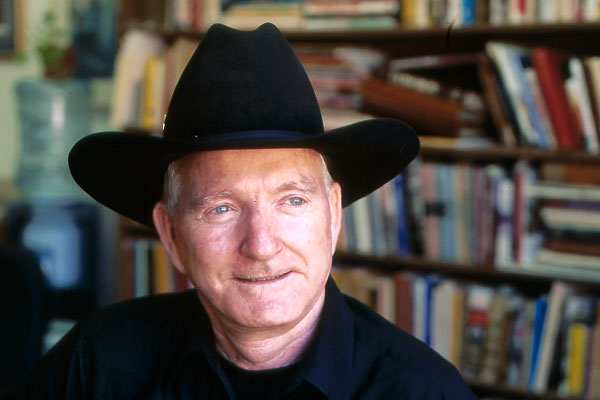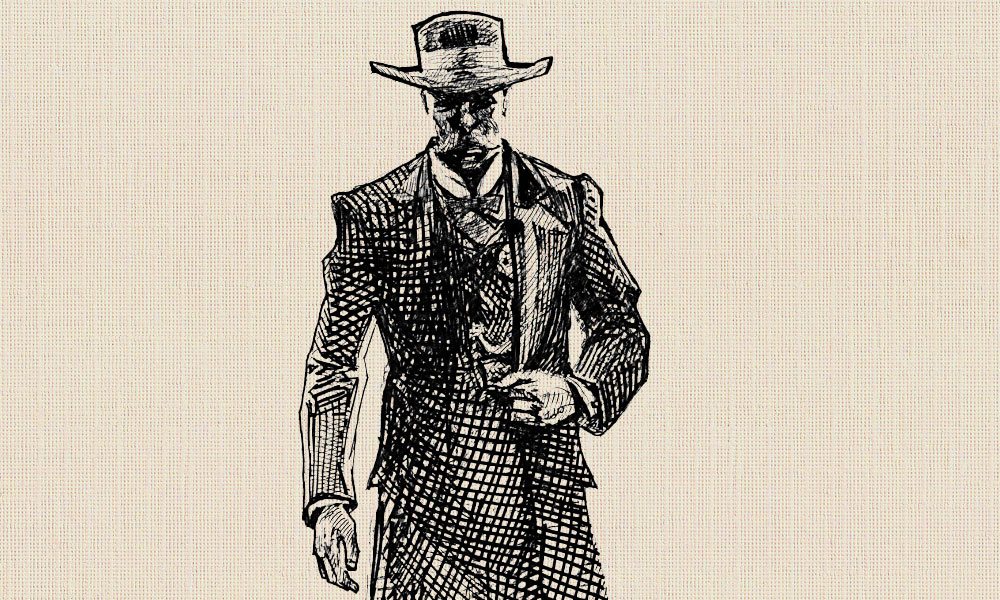 Was beer as popular in the Old West as movies make it out to be?
Was beer as popular in the Old West as movies make it out to be?
Glen L. Hunt Jr.
Bedford, Texas
The water in many areas was so bad, local beer was often a healthier alternative for pioneers.
Since the shelf life of beer is short and the cost of transporting prohibitive, folks built local breweries. Saloons served beer for 10 cents a glass (paying that in 1870 would equal $1.77 for a glass today).
In warmer climes the beer was a little warm, usually served at 55 to 65 degrees. Though the beer had a head, it wasn’t sudsy as it is today. Patrons had to knock back the brew in a hurry, before it got too warm or flat.
Some parts of the West had cold beer. Ice plants began cropping up in Western towns as early as the 1870s. Before then, brewers cut ice from frozen rivers in the winter and stored it underground during the summer to keep the brew cool. In the 1880s, Adolphus Busch introduced artificial refrigeration and pasteurization to the U.S. brewing process, launching Budweiser as a national brand. Before then, folks in the Old West didn’t expect their beer to be cold; they were accustomed to the European tradition of beer served at room temperature.
Beer was not bottled widely until pasteurization came in 1873. Up to then, it was mostly kept in kegs.





